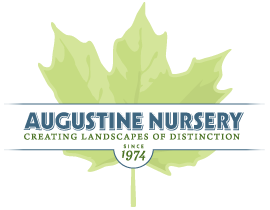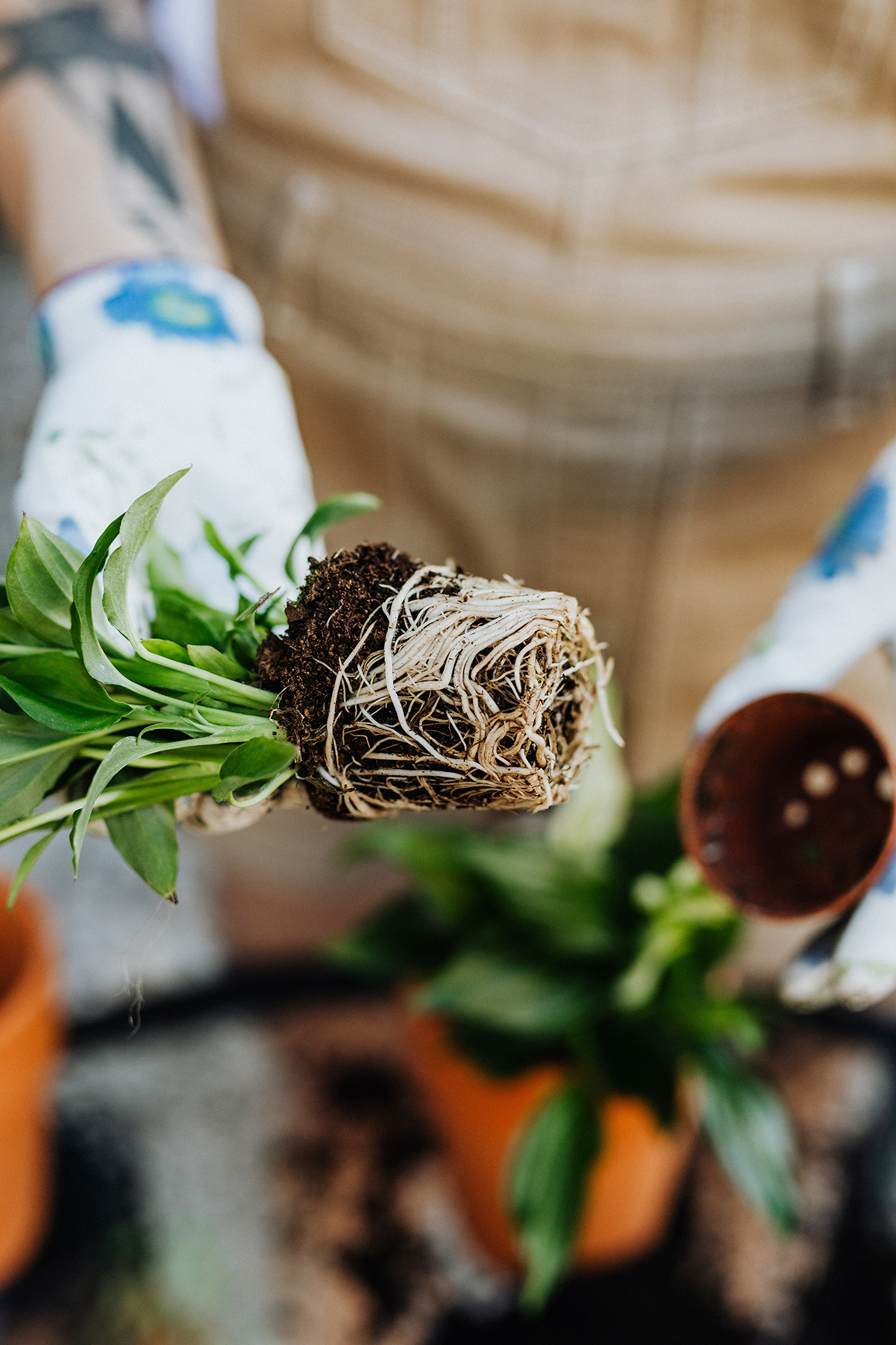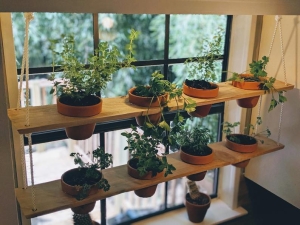Smart Landscaping 101
Planning the landscaping of your personal corner of the world not only increases your property’s value but increases the enjoyment and comfort of your own yard. In addition to thinking about how you and your family use your yard (backyard BBQs, swing set, pool, and ball field), consideration has to be given to the shape, size, and slope of your property.
Your landscape is made up of two elements:
Softscape is comprised of the living plant life in your yards such as lawn, trees, shrubs, and flowers.
Hardscape is made up of non-organic features like decks and patios, fences, paved pathways, and decorative stones.
Planning a successful landscape will take these two elements into account, building out a plan that balances personal preferences with the following landscaping principles:
- Balance – A sense of balance is an important element and can be developed based on whether you prefer symmetry or asymmetry. Symmetry is a more formal approach, while asymmetry appears more spontaneous.
- A Focal Point – Your yard can contain one major focal point or several small ones based on groupings of outdoor areas based on uses. Many front yards contain the focal point of one large tree, while backyards can contain one or more focal points in recreation areas. In other words, your patio can contain its own focal point, while the kids’ play area has another.
- Simplicity – The adage, “Too much is never enough.” does not apply here. Simplicity allows us to better relax in our outdoor spaces, so choosing one or two floral colors, or one type of pathway paver is a good way to avoid a cluttered and overly complex look.
- Proportion – Finding the right proportion of large, medium, and small plantings in proportion to your property size, house size, and each other will bring harmony to your landscape.
- Unity – The goal is to create a landscape in which all the separate shapes, colors, sizes, and textures work together to create a unified whole. This is most often accomplished through the repetition of colors, patterns, and materials throughout the yard.
Whether you’re thinking of a new landscape design or redoing an existing one, you can count on Augustine Nursery to help you whether you have just one question or want us to design the whole thing. Happy landscaping!

 Tap-root systems have one main root with smaller roots branching off. They are deep roots and usually associated with young woody plants, nonwoody perennials, and root vegetables such as carrots and beets. Once these roots are established, they need more water, but less frequency. Plants with tap roots are also more difficult to transplant as the main tap root runs deep into the soil. For propagating, try using a cutting or the plants seeds instead of dividing.
Tap-root systems have one main root with smaller roots branching off. They are deep roots and usually associated with young woody plants, nonwoody perennials, and root vegetables such as carrots and beets. Once these roots are established, they need more water, but less frequency. Plants with tap roots are also more difficult to transplant as the main tap root runs deep into the soil. For propagating, try using a cutting or the plants seeds instead of dividing.


 Wisteria and cherry trees are cherished for their beautiful and fragrant flowers. They represent love and romance in many cultures.
Wisteria and cherry trees are cherished for their beautiful and fragrant flowers. They represent love and romance in many cultures.
 For many of us, December marks a time when outdoor landscaping and we
For many of us, December marks a time when outdoor landscaping and we